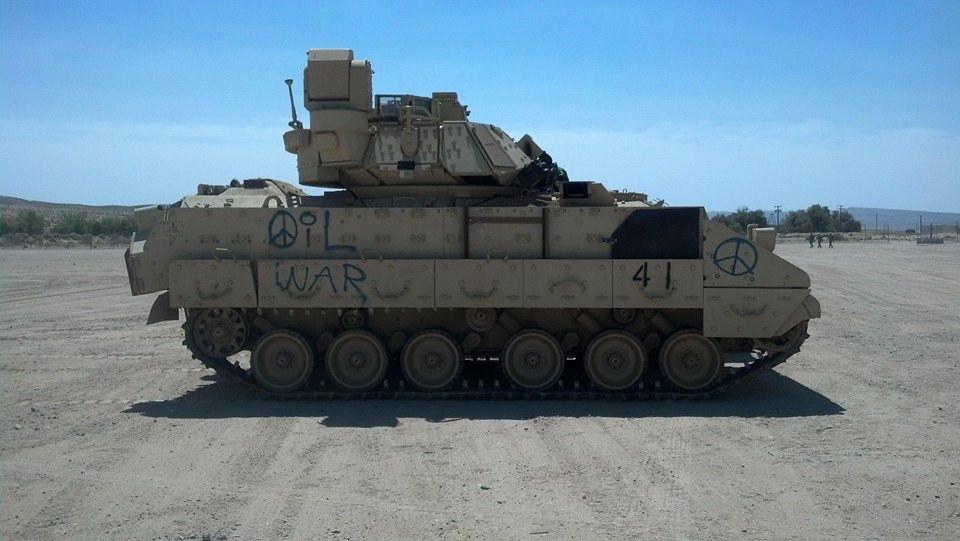The training of our Soldiers has long been the cornerstone of providing our country the fighting force that we do today. Once upon a time training was the primary focus of the Army but that has changed over the last 13 years and we have moved away from the basics.
Air in the Fuel Line
Just a quick post today. I didn’t include it in my NTC trends (although I probably should have) but something so incredibly easy to fix and yet I have seen it happen probably almost every single rotation (and in fairness, it happens probably once a rotation for my teams command post too)…..Getting air in the fuel line (aka…running out of gas).
To Certify or not to Certify?
We all know what a certification is, and many of us have obtained one or more over the years but why? As a Soldier, what do certifications do for us? Are they worth the time, effort, money?
Care to save America from Evil (at least in cyber space)?
This is for all of the NCOs that read this (and all of you Warrants who have NCOs that are computer nerds like many of us). As you have probably heard, the Cyber Center of Excellence, (aka…Fort Gordon) is looking for senior SGTs and above who are interested in becoming the founding group of 25Ds (Cyber Network Defender)
Warrant Officer Recruiting
Warrants, aside from being experts at our job, we also have a responsibility to find the guy that will eventually replace us. We do this by working closely with our Soldiers and helping to groom our most promising to become future warrant officers.
Building Relationships for a Easier Future
Relationships are a big topic that we talk about in literally ever signal AAR. Why? Because relationships, or lack thereof, can help even the most poorly planned operation a success or kill the most detailed operation. Relationships are important to every staff officer because they enable to not only do our job, but to be much more effective at it.
What to do with a TAC JNN
The standard BCT is issued two JNNs normally designated to support the BDE Main and the TAC however many units have found that this may not be the best way to actually employ these systems. One sign of a true Net Tech in my opinion is someone who is able to examine their assets and design a network that makes sense, not one that the Army prescribed.
Why we Ground to the Ground
Grounding is something that every signal Soldier should be familiar with. I would hazard to say that, we have all heard of it, all acknowledge the fact that it is an import step during the setup of any signal system (it is hard to find a technical manual for a piece of equipment with a power plug that doesn’t mention grounding at least once) but few people understand why we need to do it and even fewer know how to do it properly.
How to Arrive to the Middle of Nowhere
It is my desire not to write about things that apply specifically to rotations here at NTC but instead to focus on bigger problems that affect a unit no matter where they go. While this problem is likely a bigger problem, I am going to write about how it specifically affects units as they move through NTC; how do we get our stuff from there to here and what do we need to consider?
Security Technical Implementation Guide (STIG)
Many Net Techs have heard of a STIG (Security Technical Implementation Guide) but most have never actually looked at them before. The STIG, combined with NSA guides are considered the “best practices” for information assurance within DOD systems. While there is nothing that says that your systems MUST be configured to their standards it is important to realize that by not configuring them in the recommended way means that you are accepting risk.










